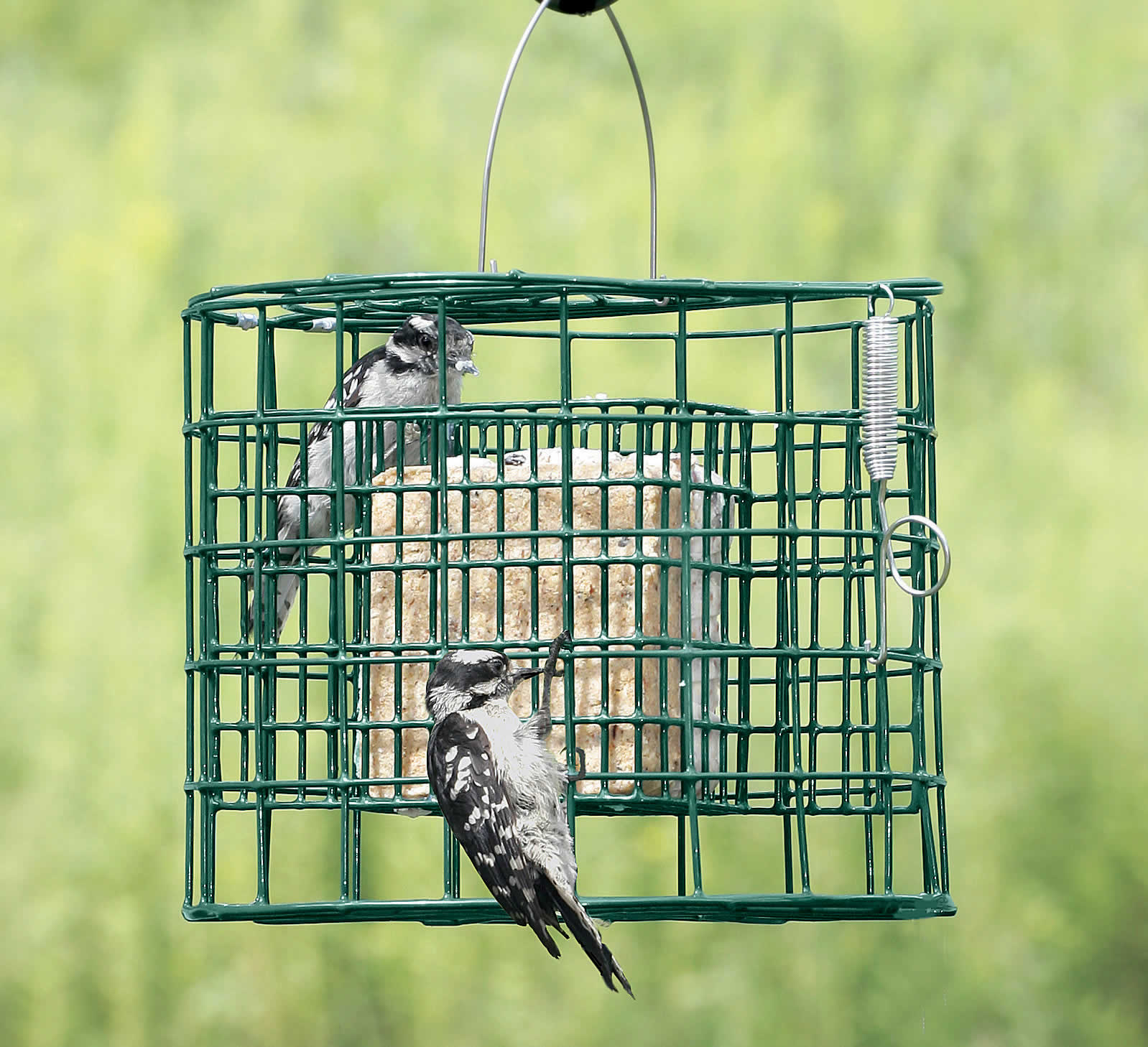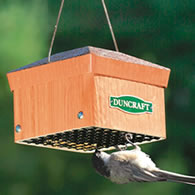However, I do think it takes a little thought and care. I would not just "hang a fat ball." Suet is very attractive to a number of creatures, both a lot of birds and raccoons, squirrels, mice and rats, and other varmints. And some of the birds that would be attracted to suet, such as starlings and grackles are not particularly the ones you want to attract into your garden.
If you are going to hang suet, be sure you use a squirrel/varmint proof cage for it. There are a variety of them, including double cages:

https://www.duncraft.com/common/images/p ... r_zoom.jpg
and other kinds of enclosures:

https://www.duncraft.com/common/images/p ... 41_195.jpg
that one is an upside down feeder which is nice, because the starlings and grackles can't hang upside down like that to feed.
It would help to know where you are. I think your signature line is in Vietnamese, but I think the people who talk about allotments are usually in the UK ?
I may not know your birds, but where I am some of the birds I would most like to see in my garden are bluebirds, chickadees, titmice, nuthatches, phoebes, sparrows (other than the English/ house sparrow), woodpeckers, Carolina wrens. All of these are champion insect eaters, that eat lots of the things you don't want in your garden including grasshoppers, beetle and moth larvae, mosquitos, ants, snails, bugs, flies, etc.
Of these the woodpeckers, nuthatches, chickadees will come to suet feeders. The others need different kinds of feeders. But along with the feeders, if you really want to have them in your garden, you need provide appropriate conditions, including water, cover, and appropriate nesting sites. For the woodpeckers, it helps to leave some old dead trees standing (cut off branches that might fall and cut it down to 3 meters or so). This will provide food and housing for them. The others each have their own kinds of nesting needs. I'm not going to list them, because I don't even know if these are your local birds or not. You need to figure out what your native insect eating bird species are and what their food and nesting needs are.
Bird feed that I put out is sunflower seeds, black thistle seeds, meal worms. The black oil sunflower seeds attract chickadees, nuthatches, titmice and wrens. The nyger/ black thistle attracts a lot of finches, including our beautiful gold finch. I put it in upside down feeder tubes (perch above feeding hole), which keeps house finches and bigger birds from using it. The mealworms (which come frozen and dried) are attractive to wrens, chickadees, bluebirds, mockingbirds, robins, thrushes, thrashers, catbirds, woodpeckers. Everything I put out is in a variety of squirrel/varmint proof feeders.
If you live where there are hummingbirds, then you will want to put up hummingbird feeders (that is seasonal for me, we only have hummingbirds in warm season). Besides being so beautiful and amazing, hummingbirds are champion mosquito eaters.
